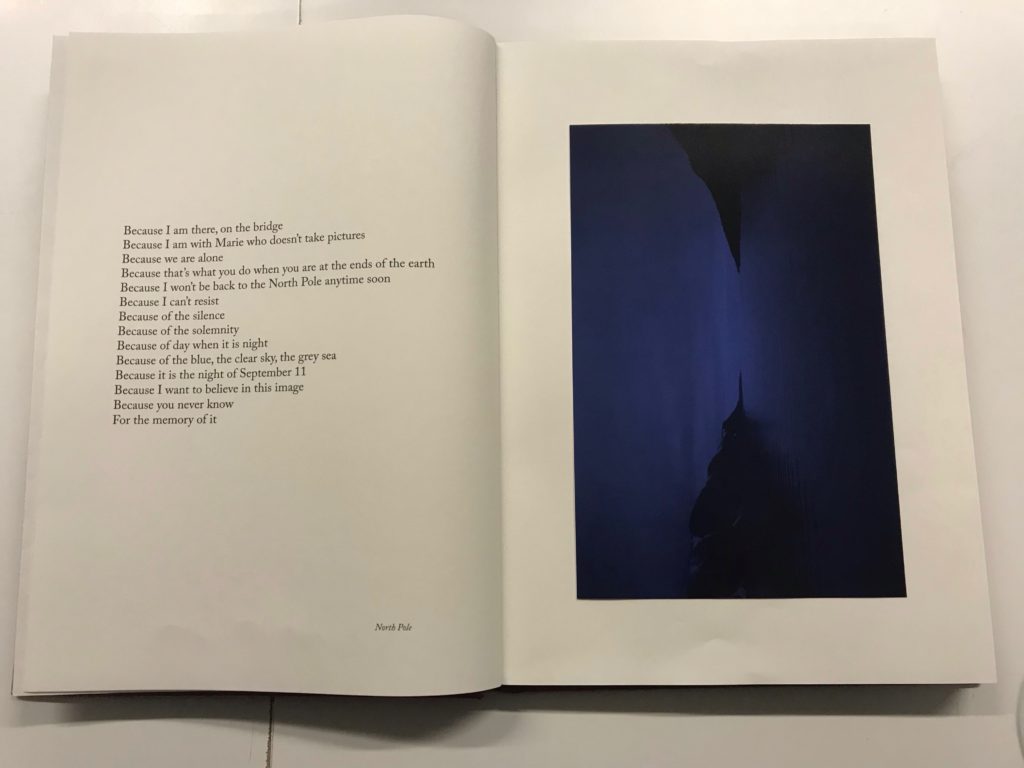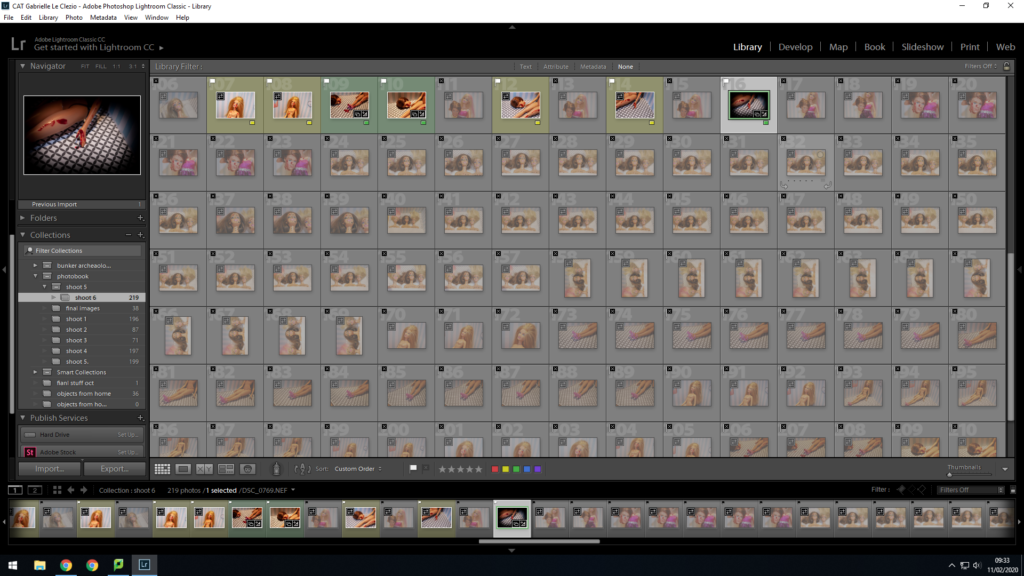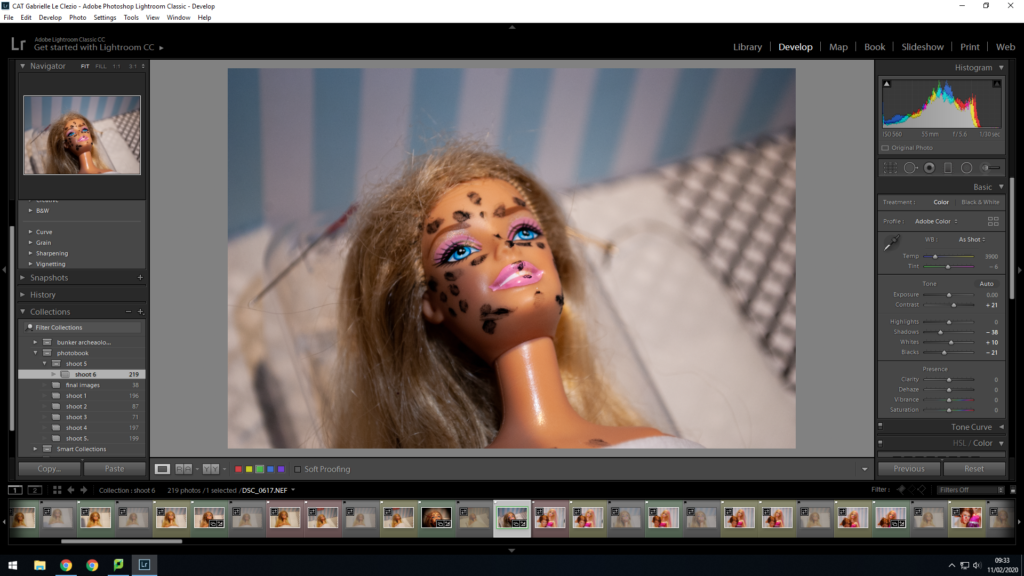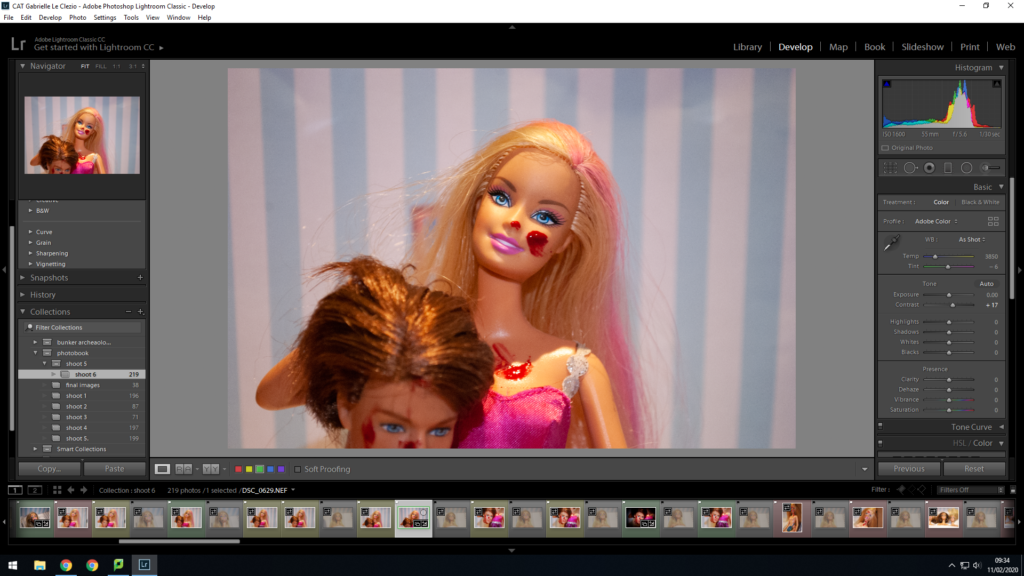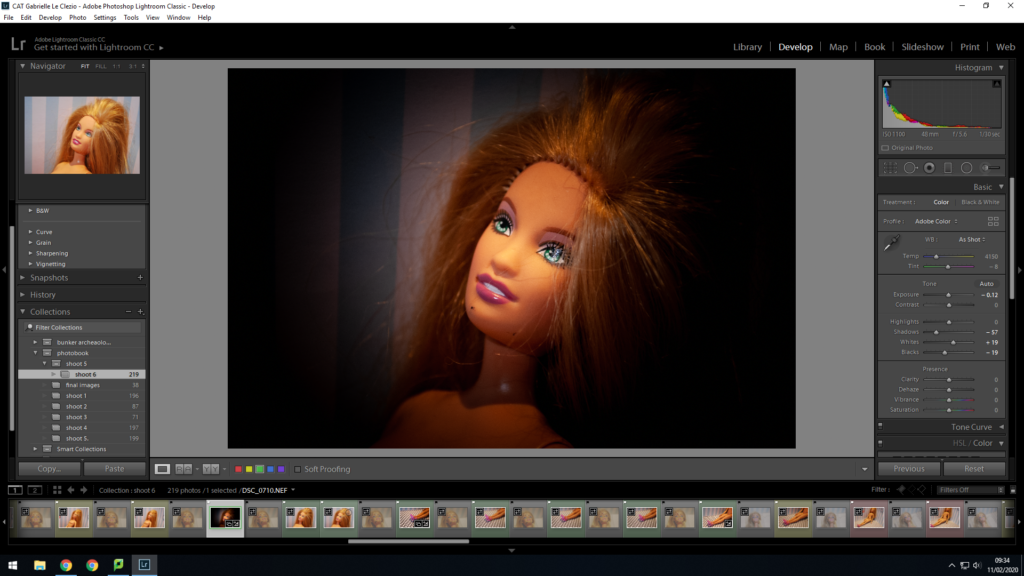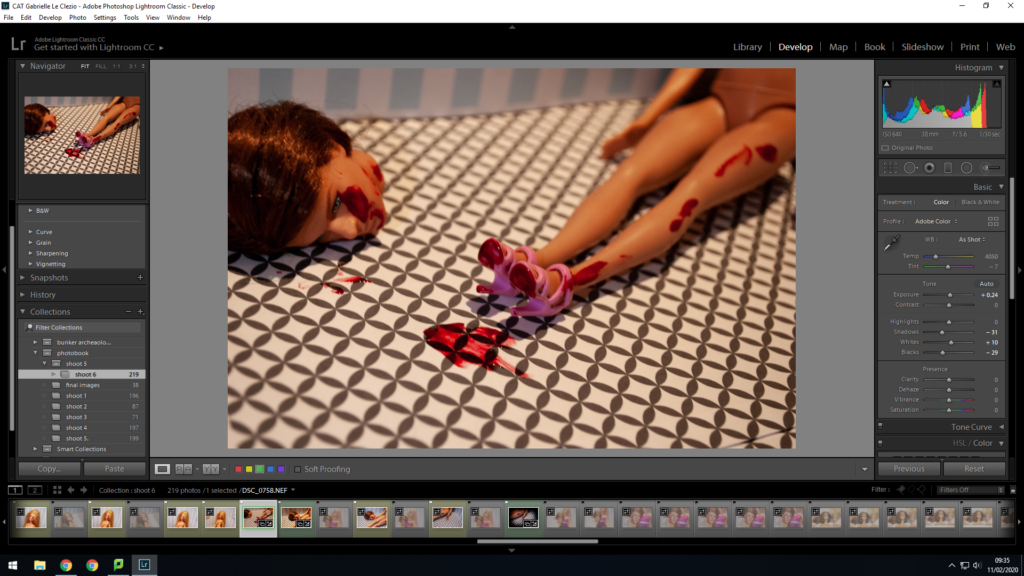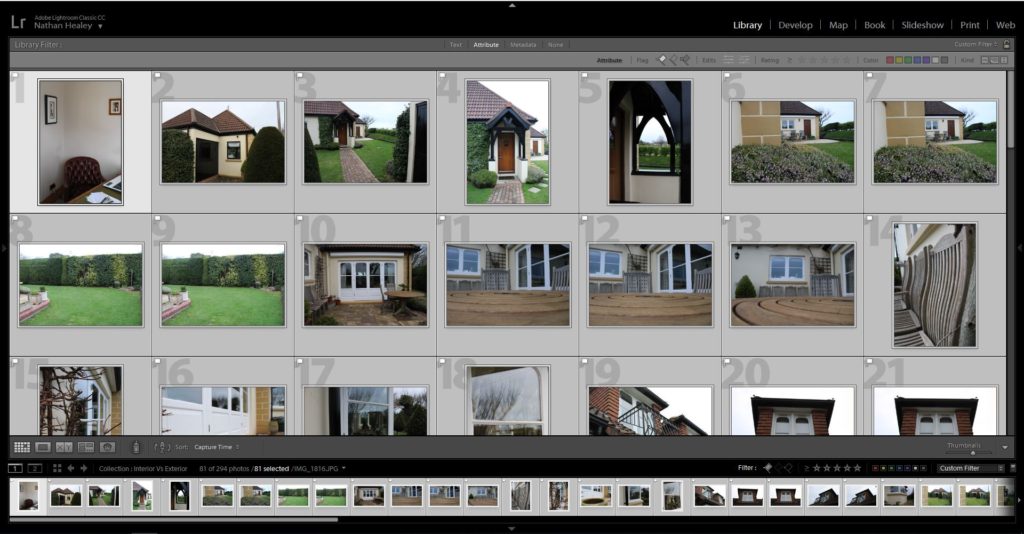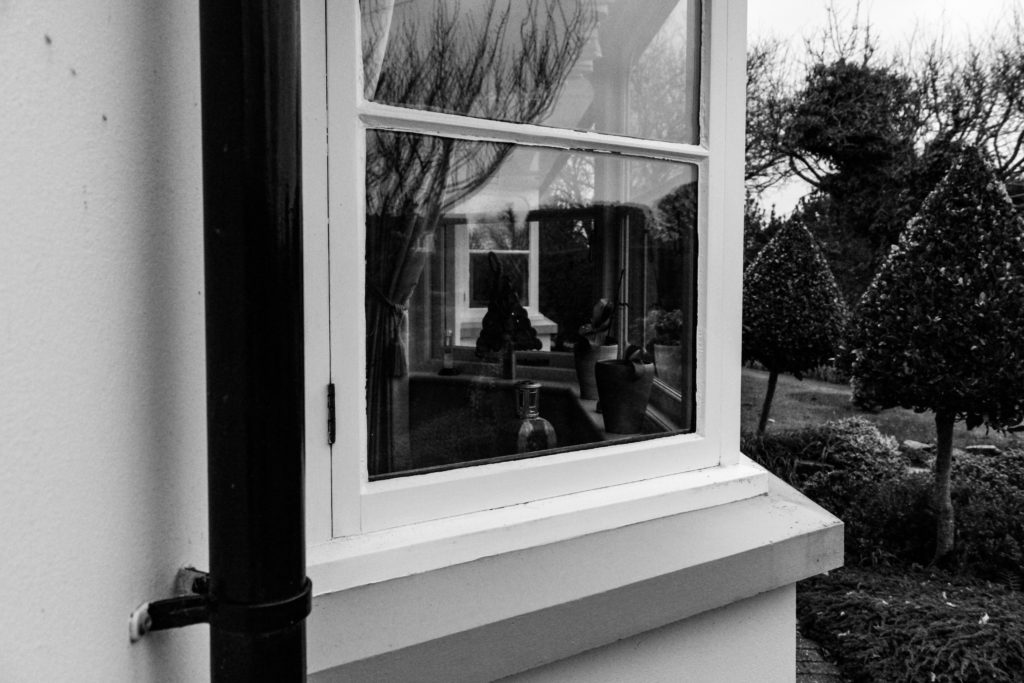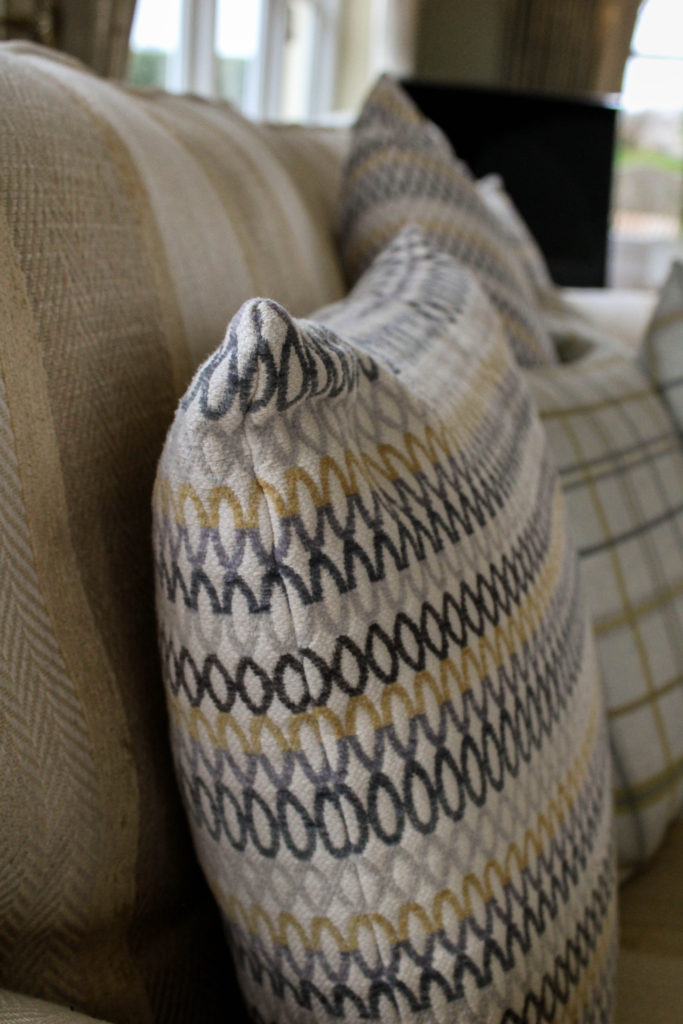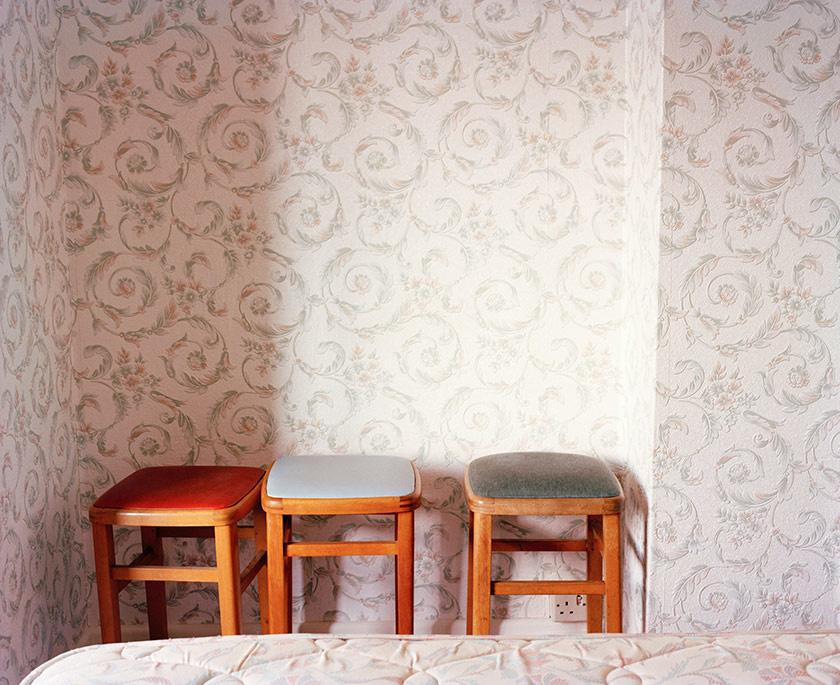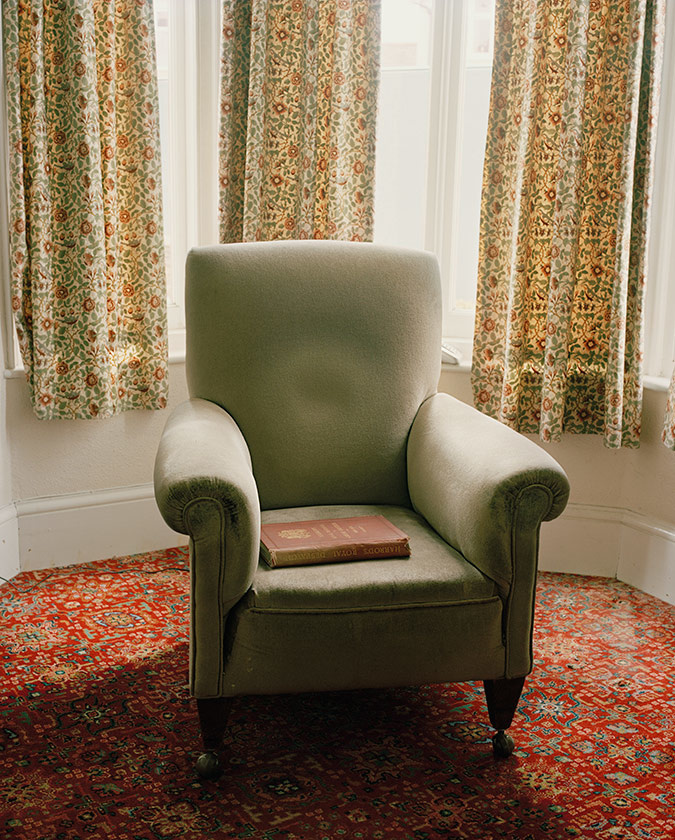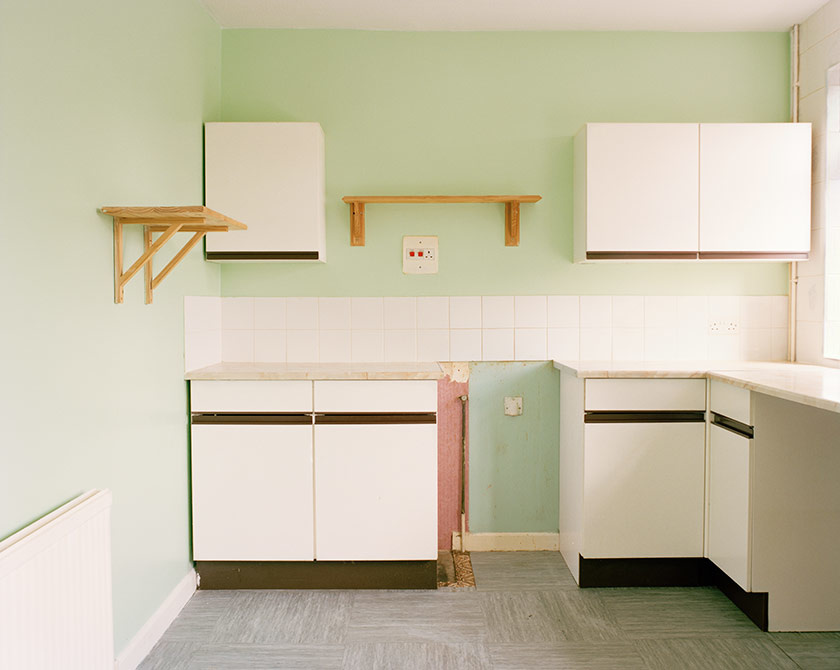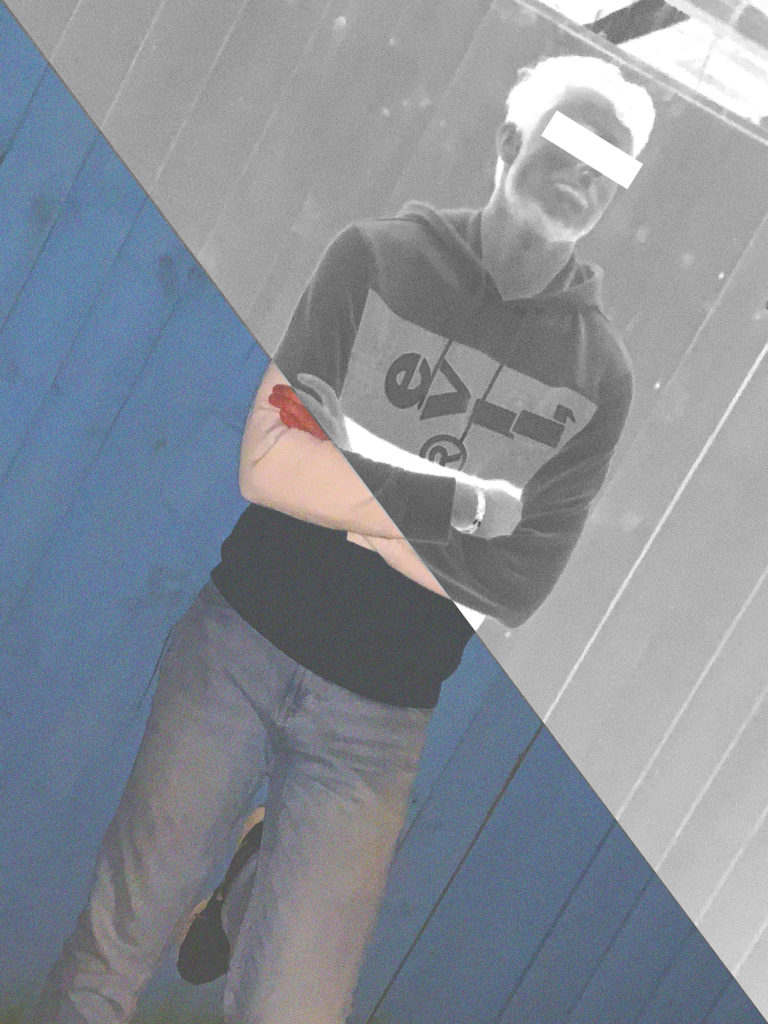Planning:
Christmas is a large event, which everyone in my family looks forward to every year. It is a tradition for my Grandparents to go to church in the morning and then come down to my house at around 12pm on Christmas Day to have a Christmas dinner with us, and exchange presents. The aim of this photoshoot is to showcase how my grandparents lifestyle influences the way in which we celebrate Christmas, due to this day being considered religious celebration. I also want to be able to capture the interaction between my grandparents and other family members, as well as showcasing our ‘traditional’ Christmas. When capturing the pictures I tended to take images of key events, and times within the day, and moments when my grandparents personality is clearly being showcased. The camera settings on my DSLR were kept minimal, allowing for a naturalistic documentary style image to be presented. My shutter speed was quick, with my ISO being low and my aperture also being low, reducing noise, blur and allows enough light into my imagery.
Structure of Christmas:
- 12pm Grandparents arrive – drinks, snacks are presented as we begin celebration.
- 12:30pm Present exchange – We provide a present exchange, gifting each other plants, car air fresheners etc.
- 1pm Dinner – at 1pm we gather round the table, say grace, and open our Christmas crackers as the ford begins to arrive. We usually discuss topics such as work, school, future and how our life is in general.
- 2:30 Dessert – We light the Christmas pudding, and my grandma provides us with her ‘Blue Peter Recipe’, a chocolate cake.
- 3pm Queens Speech – We all gather around the TV as we watch the queen deliver her yearly speech.
- 3:30 Christmas Tree Presents – Each year a member of the family will by a ‘joke’ gift for everyone else and will present these gifts later on in the day.
- 4pm Leaving – My Grandparents leave with their presents, and left over food.
Edits:



Outcomes:
When selecting my outcomes to edit and adjust to improve the quality of the photograph, I wanted to select images which accurately portray the events and the relationship my family have with my Grandparents, and the way in which this tradition reflects their lifestyle. In addition, I critically chose these photographs to work with as I believed that they helped to tell the narrative of this project. When adjusting the images, I wanted to maintain this simplistic and minimalistic aesthetic towards my work, and so I only present the imagery in black and white or in colour, and the I only focused on adjusting, blacks, white, contrast, detail and sharpness of the imagery. These experimentations are clearly presented below.






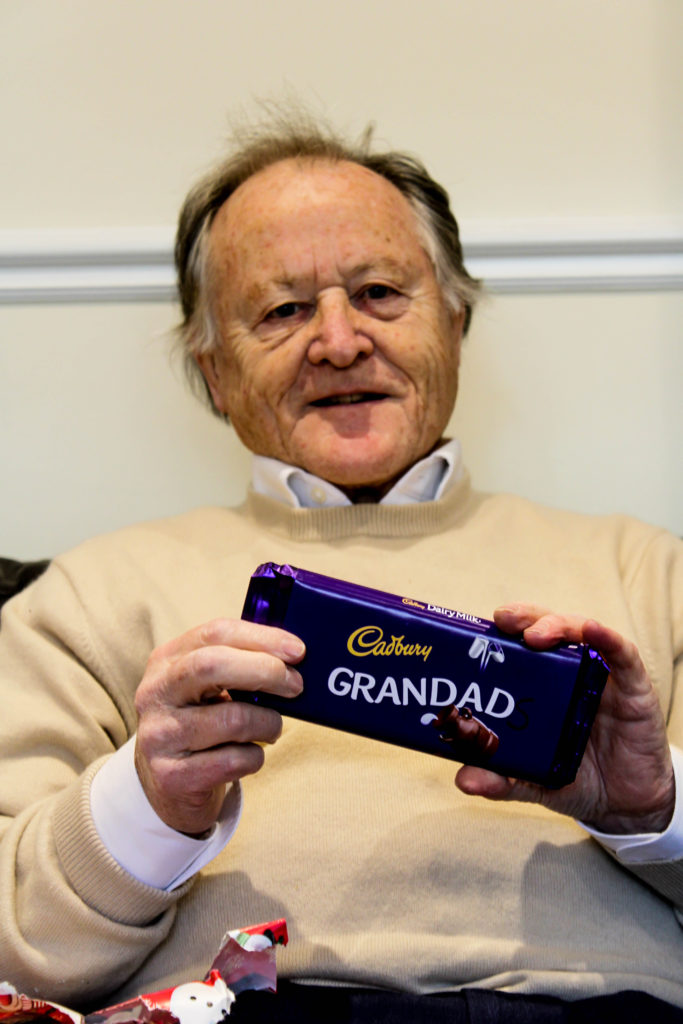





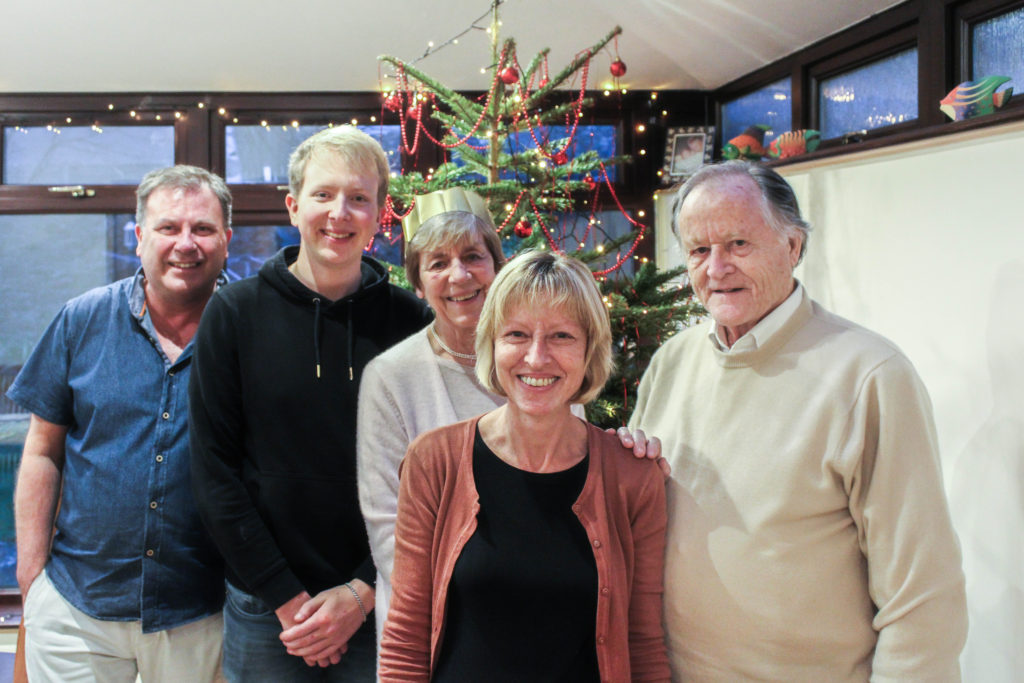
Analysis:
The photograph below is my favourite outcome from this photoshoot as I believe it clearly meets the aims of this photoshoot and clearly presents my theme of lifestyle. Conceptually, this is the moment before food arrives and my family are reading out the jokes from the Christmas crackers. It showcases their reaction to the delivery of the jokes. Typically, my brother does not understand the jokes, like this occasion, and requires people to explain. The photograph shows the bond and strong relationship everyone has around this table, as we follow the family tradition, which illustrates my grandparents lifestyle on a major event like this. Contextually, every Christmas we follow the same schedule and repeat the same day essentially every year. Following this pattern is crucial, as it allows my grandparents Christian religious beliefs to fit in with the day, and allows their grandchildren to follow, understand and practice their beliefs and traditions about christianity. Personally, me and my brother have been christened but do not actively consider ourselves as religious people, so this contextual factor on Christmas influences out day and the way in which we go about activities.
Breaking down the visual and technical components of this image allows for the concept and context of the imagery to clearly be displayed. Visually, we are presented with my family sitting around a table, with Christmas hats on as they laugh and look joyous at one another, making this the main focus point of the imagery. The photograph is presented in black and white, allowing clear tonal contrast, and is taken at a straight on angle. In some respects the photograph can be regarded to be using rule of thirds, to create the composition. Further more, the foreground is considered busy and lively due to a lack of space, with the background remaining plain and simplistic, which reduces distractions from the central focus of this image. The main formal elements which are presented in this frame is, space, detail and texture, which are all shown through the way in which the image has been framed. The photograph is sharp and showcases clear detail on the subjects skin, clothes and the table. Technically, the photograph was captured using and quick shutter speed and low ISO, which reduces intended blur and means no noise is presented in the frame. Additionally, the aperture has been set to a medium setting, as enough light is being let in, and a minor narrow depth of field is being presented. Alongside this, naturalistic lighting is being used, which compliments the daylight white balance being utilised.

Conclusion:
To conclude, I believe that photoshoot has been a success. I have been able to produce imagery which meets my artistic aim, and clearly represents my conceptual message of how my grandparents lifestyle influences the way in which my family celebrate major events. On top of this, I have been able to hint at contextual representations throughout my photographs, which adds additional meaning towards my final outcomes of this photoshoot. I have been able to experiment further with different ways of editing imagery using Lightroom, and have reinforced my skill of being able to critically analyse and select imagery which meet my artistic aim.



